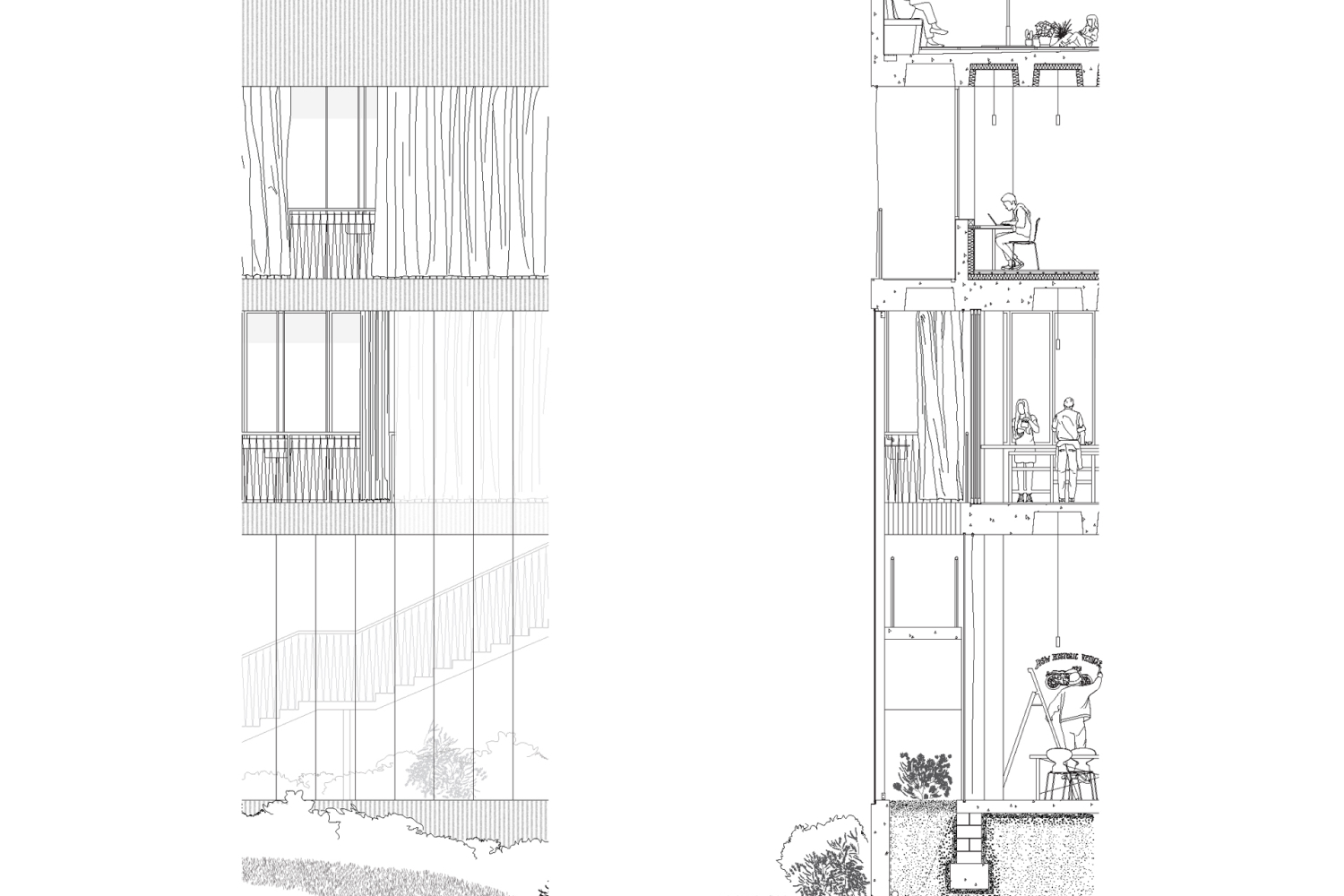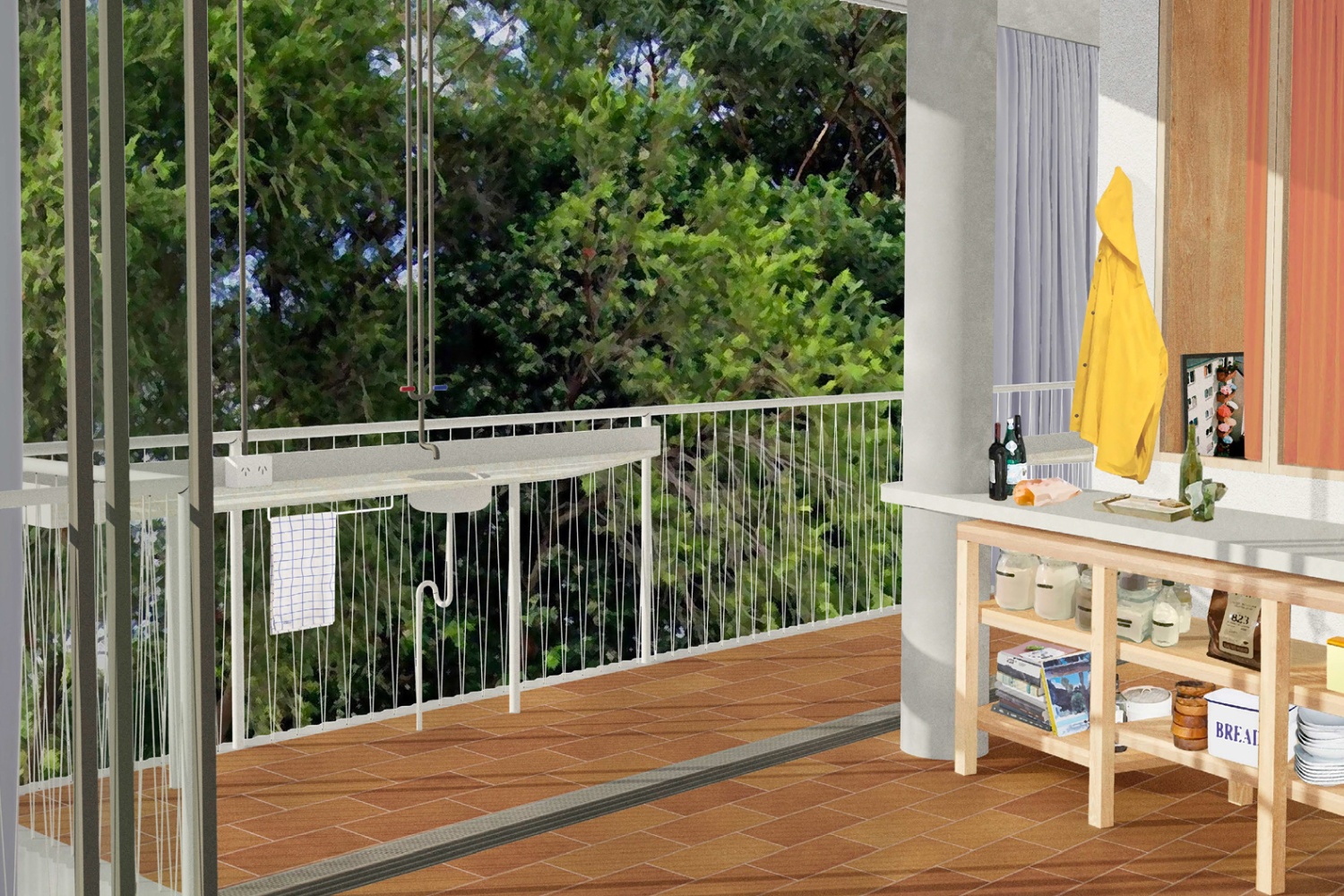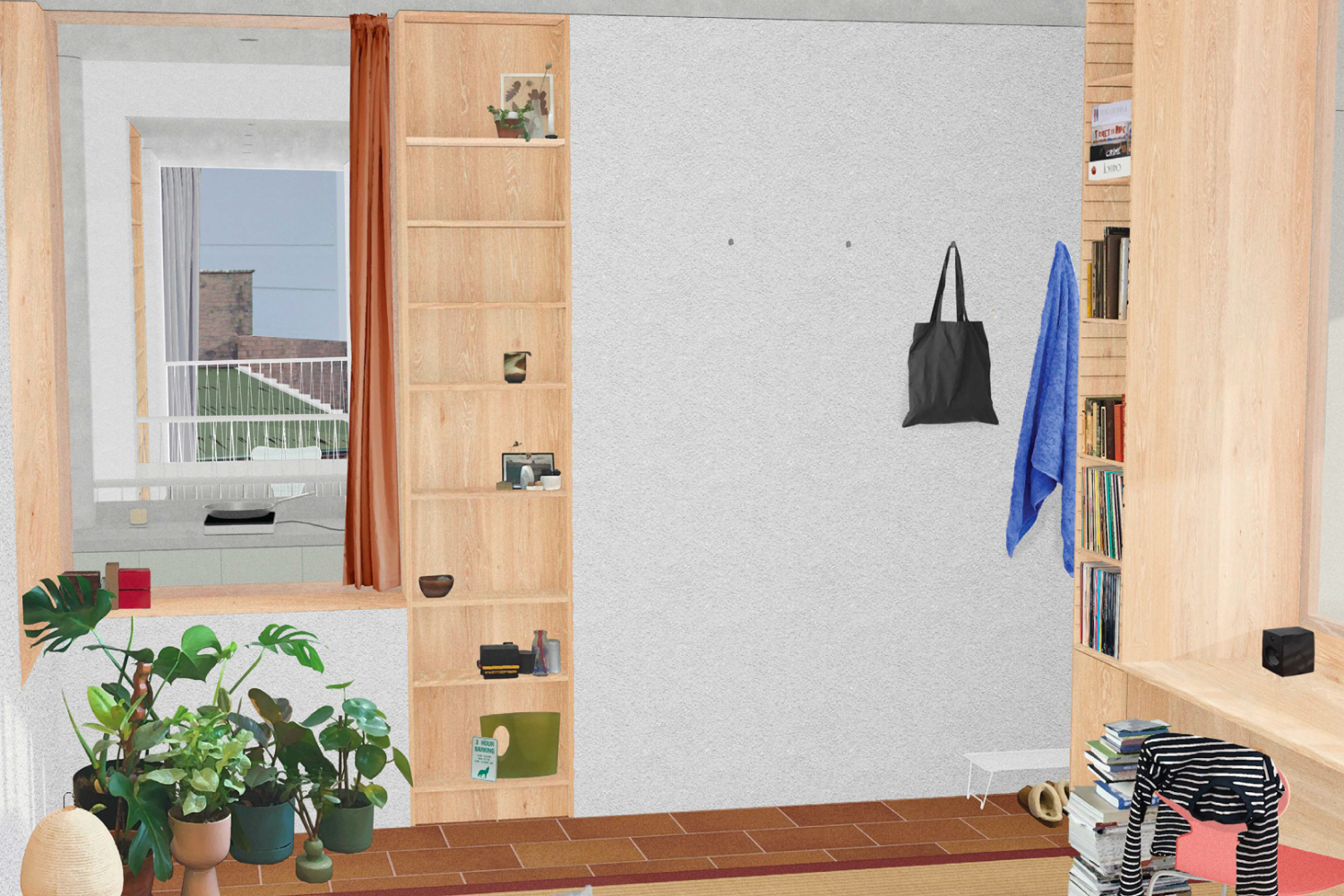The Policy Document Defining Dwelling and Domestic Formalities (PDDDDF) was developed as a counter-argument to the lacklustre output of the current Apartment Design Guide, shifting the focus of dwellings away from speculative ownership and toward ideals of empathy, collectivism and stewardship.
A focus on multi-modality and adaptability blur the boundaries between public and private ownership, taking social and environmental consciousness into the PDDDDF at all scales. Fundamentally, we are different people to those that lived in the 19th century, with an expanded understanding of family and kinship, the environment we occupy and our role in society. Our living spaces must reflect that. The PDDDDF expands the scope of the architectural brief, challenging the policies that inform housing development instead of relying on existing conditions as being a fixed state.
The PDDDDF addresses housing shortfall by altering the WAY we design, using three site-specific case studies to test its hypotheses and principles, as opposed to delivering three independent projects that exist in and of themselves. With regards to typical built-form density responses (such as the Missing Middle idea), the PDDDDF targets sleeping density within our urban spaces – empty lots commonly employed as car parking, if employed at all – rather than trying to optimise existing fabric.





